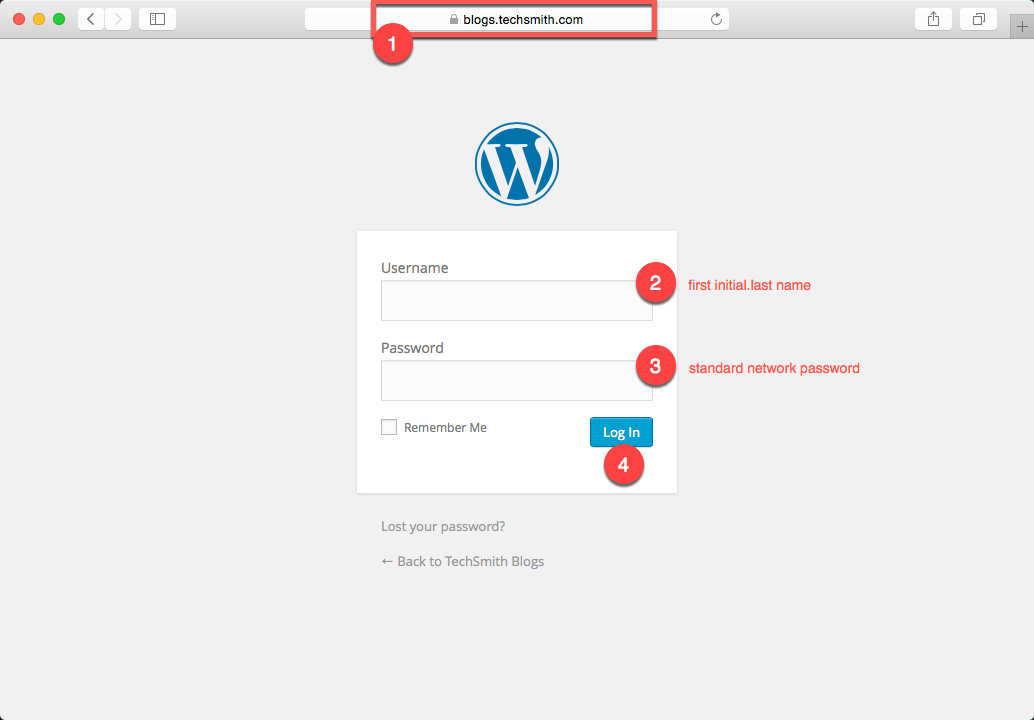
On an iPhone or iPad, press the home button and the power button at the same time, and iOS will save a full-screen screenshot to your Photos app. One of the reasons screenshots are so popular today is that they're easy to capture and share your phone.
#SCREEN SHOT FULL#
Typically, it's best to share a screenshot of the full app or at least the main parts of the app. A screenshot of only the bug might not give enough context, though. Instead, crop the screenshot to show just the app-then perhaps add an arrow to point out the problem.ĭon't show too little, either. Trying to point out a bug in an app? Don't share a full-screen screenshot.

When it comes to your privacy, the convenience might not be worth the risk.ĭon't show too much. That's handy to share a Google Analytics graph with team members quickly, but be careful about sharing sensitive items. Some third-party screenshot tools like Droplr can automatically upload screenshots. Be sure the app you're screen capturing doesn't show private data-and if it does, either crop or blur that part out.īe careful with auto-upload. They're usually secure on your device, but if you take a screenshot and share it, anyone can see whatever was on your device when you took the screenshot. Our devices brim with private info, from phone numbers and email addresses to more sensitive data including ID and credit card numbers. And just-for-fun screenshots should be double-checked to make sure they only have the info you want to share. Bug reports might need to show the broken part of the app.
#SCREEN SHOT SOFTWARE#
Making a software tutorial? You'll want to show the entire app, and perhaps add an arrow to point out features and guide your readers. Here are a few pointers:Ĭonsider what the screenshot is for. Think carefully about what's on your screen and why you're shooting it, to make sure your screenshots are perfect for their intended purpose. That's why you shouldn't just snap a random screenshot.

screenshotController.capture(delay: Duration(milliseconds: 10)) The solution is to add a small delay before capturing. So the screenshot of the previous frame is taken, which is wrong. The issue is discussed here.screenshot is taken before the GPU thread is done rasterizing the frame Sometimes rastergraphics like images may not be captured by the plugin with default configurations. double pixelRatio = MediaQuery.of(context).devicePixelRatio It is independent of the vicePixelRatio for the device, so specifying 1.0 (the default) will give you a 1:1 mapping between logical pixels and the output pixels in the image. The pixelRatio describes the scale between the logical pixels and the size of the output image. You can overcome this issue by setting value for pixelRatio ScreenshotController screenshotController = initState() /image.png').create() Īwait Share.shareFiles() Ĭaptured image may look pixelated. Create an instance of ScreenshotController

This package wraps your widgets inside RenderRepaintBoundaryĬapture an invisible widget (a widget which is not part of the widget tree): Now you can also capture the widgets that are not rendered on the screen! A simple package to capture widgets as Images.


 0 kommentar(er)
0 kommentar(er)
